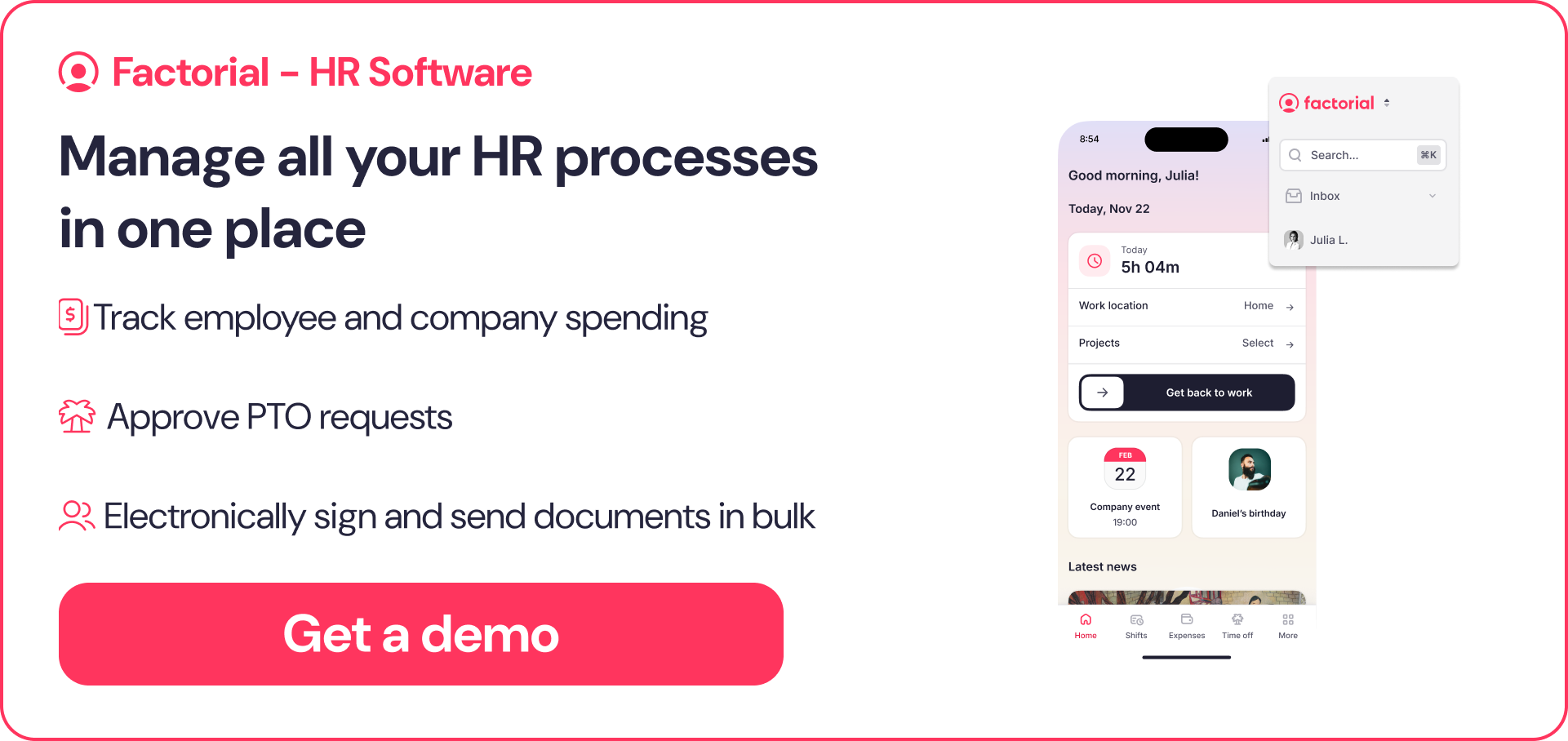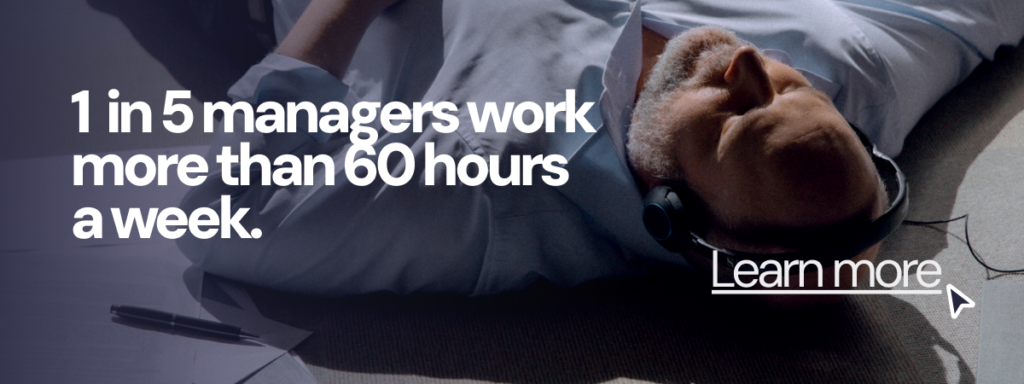If anything, the global pandemic has made us aware of uncertainties. Rapid change has become the new norm and with it, buzz words like “workforce resilience” have gained popularity.
But what exactly does it mean to have resilience in the workplace? And why is this a top priority for many human resource professionals today?
According to the American Psychological Association, the pandemic has profoundly impacted the stress levels of adults in the United States. As a result, the country’s current mental health crisis threatens to impact the population’s physical health and safety for years to come.
However, there is a way to help minimize stress levels for working adults. Employers and HR leaders can push for initiatives to integrate mental health into their work culture definition. In this article, you’ll find out about the meaning of workforce resilience, cultivating resilience in your team, and the best ways to promote workplace flexibility.
What is the Meaning of “Workforce Resilience”?
Workforce resilience refers to the ability to adapt and recover quickly from challenges. Basically, it is an indicator of stamina and endurance, especially during times of stress. Similar to the meaning of a growth mindset, employee resilience is dependant on several variables. The employee’s mindset, the company’s environment, and external factors all have an impact on resilience levels.
For example, perhaps an employee has a very determined and ambitious attitude but is under too much pressure within and outside of their job. Resilience levels may not be as high as if that same individual felt that they had a manageable workload. Although it is complicated to measure workforce resilience, there are ways to do it. But, what are some of the ways that HR can gauge resilience in their team?
How to Gauge Workforce Resilience
High levels of resilience in the workplace are often accompanied by general feelings of confidence and control. In order to cultivate these sentiments, it is important for employees to feel like their input and mental health are priorities. Employees need to feel respected by their employers.
In order to learn about their employee’s resilience, HR leaders can gain insight through surveys, questionnaires, and by keeping their doors open to employees who are experiencing difficulties. One of the best ways to gauge performance anxiety levels is through an anonymous workforce stress test. Questions like: “Do you feel as though your voice and opinions are valued?” are great indicators as to whether employees feel included in their team.
Aside from the insight gained directly from employees, HR leaders may need to zoom out to see more global shifts in workforce patterns. To gain a rough estimate of resilience levels, ask, How does my team respond to challenges? Are productivity levels constant, or are there noticeable ups and downs?
If, while answering these questions, you find that there is room for improvement, resilience training and other tools may benefit your workforce.
What is Resilience Training?
Resistance training raises the interesting and important question, “Can resilience be taught?”
The answer is, “It depends.”
As mentioned before, resilience is dependent on several factors. Some of which are determined by the personality and attitude of the employee, and others have to do with environmental and cultural aspects of the company. Employees who are dedicated to self-improvement and who possess an interest in their professional development, are not only more likely to participate in resilience training, but also benefit from it.
Sometimes, employers and employees alike may benefit from tools to boost motivation levels.
Generally speaking, resilience training should incorporate the following three elements:
1. Use Criticism Constructively
Mistakes happen. And often, we are our own worst critics. A big part of resilience is being able to feel like you can correct and manage errors, without blowing them out of proportion. Errors are opportunities for growth, not definitions of who we are.
2. Focus on Strengths
Albert Einstein said, “Everyone is a genius. But if you judge a fish by its ability to climb a tree, it will live its whole life believing that it is stupid.” This quote pretty much sums it up. A great way to build both confidence and resilience is by focusing on personal strengths, rather than dwell on weaknesses. Fish may need the water, but they can outswim any squirrel.
3. Build Better Communication Patterns
Although independence and self-help should be prioritized, it is important for team members to always keep in mind that they are just that: members of a team. Although there are many ways to improve teamwork, It’s most important for employees to develop bonds that extend beyond moments of tension. Sharing joy, personal interests, and other forms of positive communication can change everything.
How to Build Resilience in the Workplace
Beyond implementing resilience training programs, there is a lot that HR managers can do to create a more positive employee experience inside of the workplace. Here are some of the ways that HR can modify the workplace culture.
Look for Ways to Cut Stress
The number one way to build a more resilient team is by cutting out all unnecessary stress. Let’s face it, high-stress environments take their toll and ultimately drain energy. If not managed properly, high-stress levels can have a big impact on the health and wellbeing of your workforce.
According to the APA, the negative impacts of stress include increased bodily tension, heightened anger levels, and an increase in mood swings. Not exactly ingredients for a productive and healthy work environment!
If you are looking for a resilient workforce, do everything possible to prioritize the physical, mental, and emotional health of employees. Sincere initiatives to manage stress levels in the workplace will pay off immediately and in the long term.
Create a Psychologically Safe Climate
Employee health is much more involved than an extra gym membership. Especially now, Psychological safety and emotional intelligence in the workplace are more important than ever. Psychologically safe environments are those in which members feel comfortable voicing opinions and concerns without facing negative consequences.
Employees who feel safe while at work are more likely to feel comfortable asking others for support. Also, they tend to have higher levels of workplace satisfaction and have better performance rates. Psychological safety is also the first step in creating an entrepreneurial culture.
Acknowledge and Reward Resilience
It is a long-known fact that people respond better to positive feedback than negative. A great way to stimulate workplace resilience is very simple, make sure that those who are going the extra mile are being acknowledged for their work.
There are many ways to reward and give due credit for exceptional work. Many non-financial motivators have a big impact on team dynamics and overall employee satisfaction rates.
Maximize Flexibility
Changes outside of the office impact people, and the covid-19 pandemic has changed living and working conditions completely. In order to maximize employee productivity and reduce stress levels, employers should consider flexible working models.
A great way to reduce workplace stress and boost employee satisfaction is with flexible hourly schedules. Employees that have the freedom to manage and set their own hours also have the freedom to perform to the best of their abilities.
Manage Performance Levels with HR Software
The first step to building workforce resilience is to know exactly how your team is performing. The easiest and quickest way to get a general is with HR software.
Software like Factorial can generate personalized performance appraisals, allowing supervisors to write and edit questions, as well as comment and track responses. With Factorial HR, human resource professionals have the flexibility of adding as many reviewers as they need to individual reports, with feedback ranging from self-assessments to 360-degree reviews.
Create custom reports, reviews, and so much more. Get started with Factorial HR and streamline all your HR processes.



